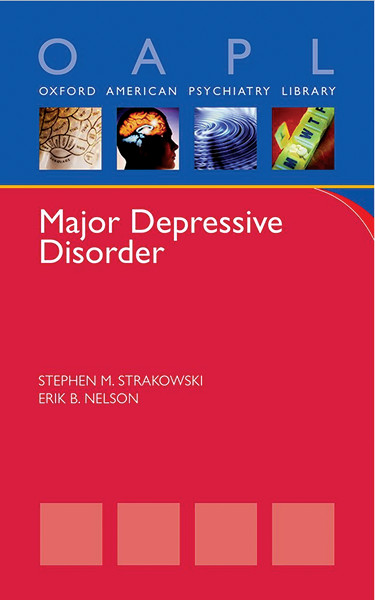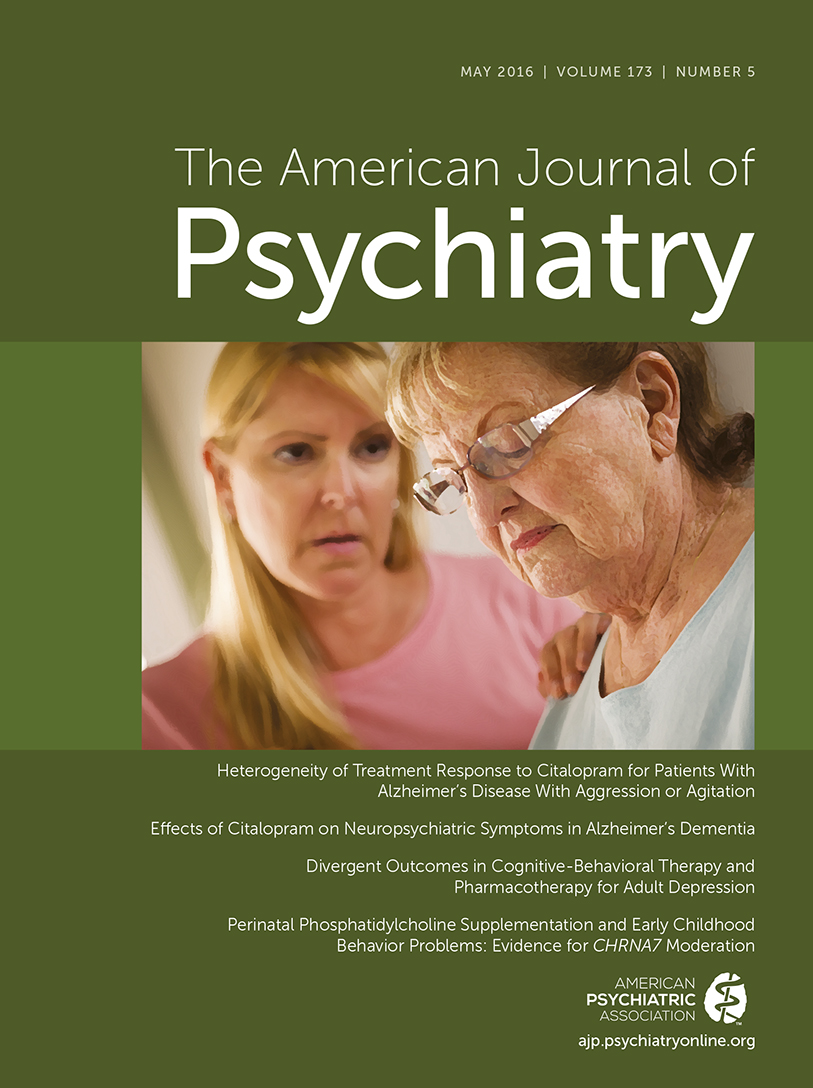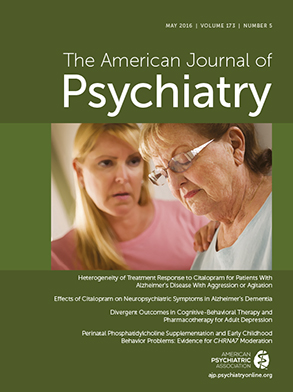Major depressive episodes are typically triggered with stress-related events, which trigger an underlying genetic vulnerability for a constellation of symptoms that are responsive to medications, psychotherapy, neuromodulation, or a combination of treatments. Specific phenomenology (atypical versus melancholic) and demographic variables (age, pregnancy) may also guide clinical treatment decisions. General psychiatric practitioners and mood disorder specialists alike require a strong foundation in the pathophysiology of the disease and in various treatment options to better understand and treat this complex and multifaceted disorder.
Major Depressive Disorder is the latest addition to the Oxford American Psychiatry Library series and is written by Drs. Stephen Strakowski and Erik Nelson at the University of Cincinnati College of Medicine. This stand-alone text complements other diagnostically titled volumes in the series. This edition summarizes epidemiology and comorbid disorders (chapter 3–4). Topics include phenomenology, diagnostic subtypes, and possible mechanisms linking major depressive disorder with other medical comorbidities and co-occurring disorders. The pathophysiology and genetics of depression (chapters 5–6) are summarized with an emphasis on dorsal-ventral dysregulation and the plausible role of stress in the etiology of depressive disorders and medical comorbidities. Treatment-related aspects of major depressive disorders (chapters 7–10) include an excellent summary of biological treatments, which include psychopharmacology, complementary and alternative treatments, light therapy, and neurostimulation treatments (ECT, vagal nerve stimulation, transcranial magnetic stimulation, and deep brain stimulation). The psychotherapy chapter introduces cognitive-behavioral, interpersonal, and supportive therapies. The biological and psychological treatments are then synthesized in a programmatic approach that provides useful structure for treatment planning and goal setting. The book concludes with a section devoted to special populations: pediatrics, late-life, pregnancy, suicidality, and co-occurring disorders.
This concise volume has many strengths. This text summarizes a vast amount of material covering a broad range of topics. Despite the content density, the book is well organized and easy to read. Useful tables and key summary statements complement the concise writing style and alleviate the need for a highlighter. “Key point” text boxes are used to summarize balanced reviews of the extant literature on a specific topic. These summary statements are often very useful clinical pearls. For example, specific text boxes include the rationale for switching versus augmenting antidepressants and managing expectations as a focus of treatment planning. This volume includes many current updates, including diagnostic criteria from DSM-5 and ICD-10, recent Food and Drug Administration–approved antidepressants, and summaries of research on fast-acting antidepressants and novel neurostimulation treatments. The text is cross-referenced with other key chapters throughout the book. Examples include the integration of psychotherapy approaches (chapter 8) with the neurophysiology of depression (chapter 5), and the role of stress in depressive disorder (chapter 5) as a “common pathway” that explains other medical and psychiatric comorbid disorders (chapter 4).
The small size of the book (104 pages, including an index) does come with a cost. First, each chapter includes a maximum of 13 references. These references often include review articles instead of original sources. Other editions of the Oxford American Psychiatry Library series have included chapters with more references. This issue contains content on monoamine oxidase inhibitors, including a statement that this antidepressant class may be superior to tricyclic antidepressants for depression with atypical features. However, this correct statement is not referenced within the text or at the conclusion of the chapter (meta-analysis referenced here [
1] for the purposes of this review). This fact adds to the complexity in obtaining the original references that inform the basis and rationale for much of the information presented in this volume. Second, the neurophysiology of depression is distilled with somewhat redundant figures that may oversimplify the complex relationship of depression- and cognitive-related circuitry. Finally, it is the purpose of the book to simply introduce topics and not to inform practitioners on the implementation or execution of specific therapies. The interested clinician will still be dependent on other texts and additional prescribing information to effectively and safely treat depressed patients. Additional reading lists or reference material included with each chapter, or an appendix, would be both helpful and informative. The shortcomings are understandable and perhaps necessary given the size and ambitious scope of this text.
Clinical mental health care providers and trainees will appreciate the up-to-date content and concise writing style. The outstanding organization and concise detail of this book make this a very useful reference for psychiatric providers for test preparation (e.g., for psychiatric residency and board certification exams) and strengthen the clinical foundation for this debilitating but treatable disorder. In addition, therapists, nurses, and interested patients will find this book useful as a broad overview of the disorder.


